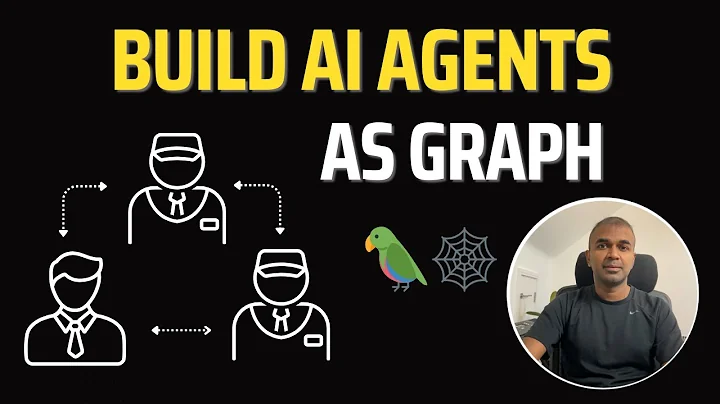Understanding Phind and Perplexity
When it comes to natural language processing, two key concepts that often arise are Phind and Perplexity. Phind refers to the process of finding relevant information within a given dataset or corpus, while perplexity measures the uncertainty or complexity of language models. Both concepts play crucial roles in understanding and evaluating the performance of language processing systems. In this introduction, we will delve into the differences between Phind and Perplexity, exploring their significance in the realm of NLP and their respective impacts on language understanding and modeling. By gaining a deeper understanding of these concepts, we can enhance our ability to harness the power of language processing technologies and optimize their effectiveness in various applications.
Understanding Phind
Phind.com, You.com, and perplexity.ai are mentioned as related entities in the collected information. Phind is described as a search engine tailored for developers, providing instant answers and relevant code snippets without the need to sift through lengthy articles. However, there are concerns about its speed and occasional blank page issues, possibly due to resource limitations. Additionally, Phind is highlighted as an AI programming assistant, offering solutions to errors, debugging functions, and aiding in application development.
Understanding Perplexity
Perplexity is a measure used in natural language processing and machine learning to evaluate how well a probability distribution or probability model predicts a sample. It is often used in the context of language models, where a lower perplexity indicates that the model is better at predicting the sample. The collected information provides insights into different perspectives on perplexity, including its application in AI programming assistants, search engines, and its role in saving time during research. The comments from various sources highlight the challenges and considerations related to using perplexity in different tasks, such as understanding context, computational costs, and deeper topic research. Overall, the collected information sheds light on the multifaceted nature of perplexity and its relevance in diverse AI applications.
Comparison of Phind and Perplexity
Phind is a search engine designed specifically for developers, offering instant answers and relevant code snippets without the need to sift through lengthy articles. However, there have been reports of Phind being slow and occasionally displaying blank pages, possibly due to resource limitations. On the other hand, Perplexity.ai is also an AI-powered tool for programmers, enabling thorough examination of data to identify patterns, trends, and insights for informed decision making. It seems that Phind may have less funding compared to Perplexity, which could impact its performance due to fewer resources. Despite this, Phind’s focus on providing quick and concise technical solutions may still make it a valuable tool for developers.
When comparing Phind AI and perplexity, it’s evident that Phind AI stands out as a platform that aims to make AI search affordable and accessible for everyone. With its unique features such as a blog, forum, and feedback section, Phind AI provides a space for individuals and businesses to engage in discussions, share feedback, and access relevant information. The affordability and accessibility of Phind AI make it a compelling option for those seeking AI search solutions. To explore more about Phind AI and its offerings, visit. Phind AI .






